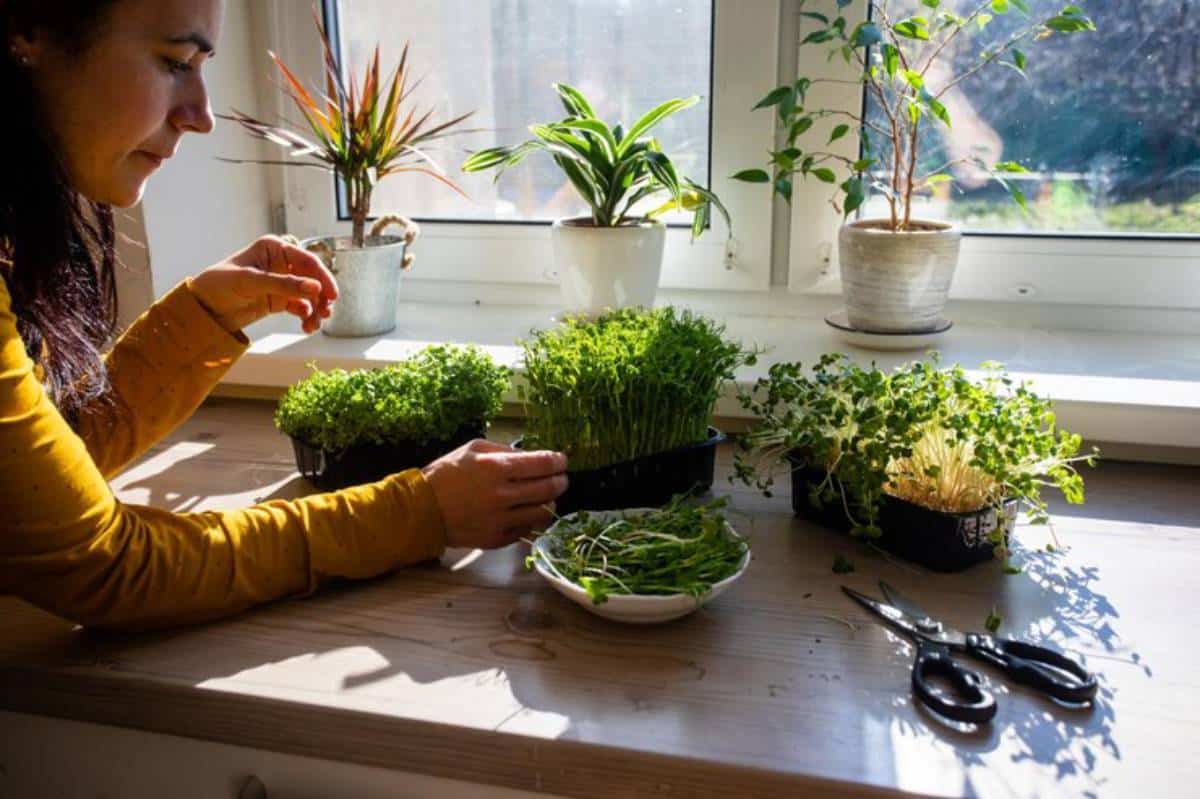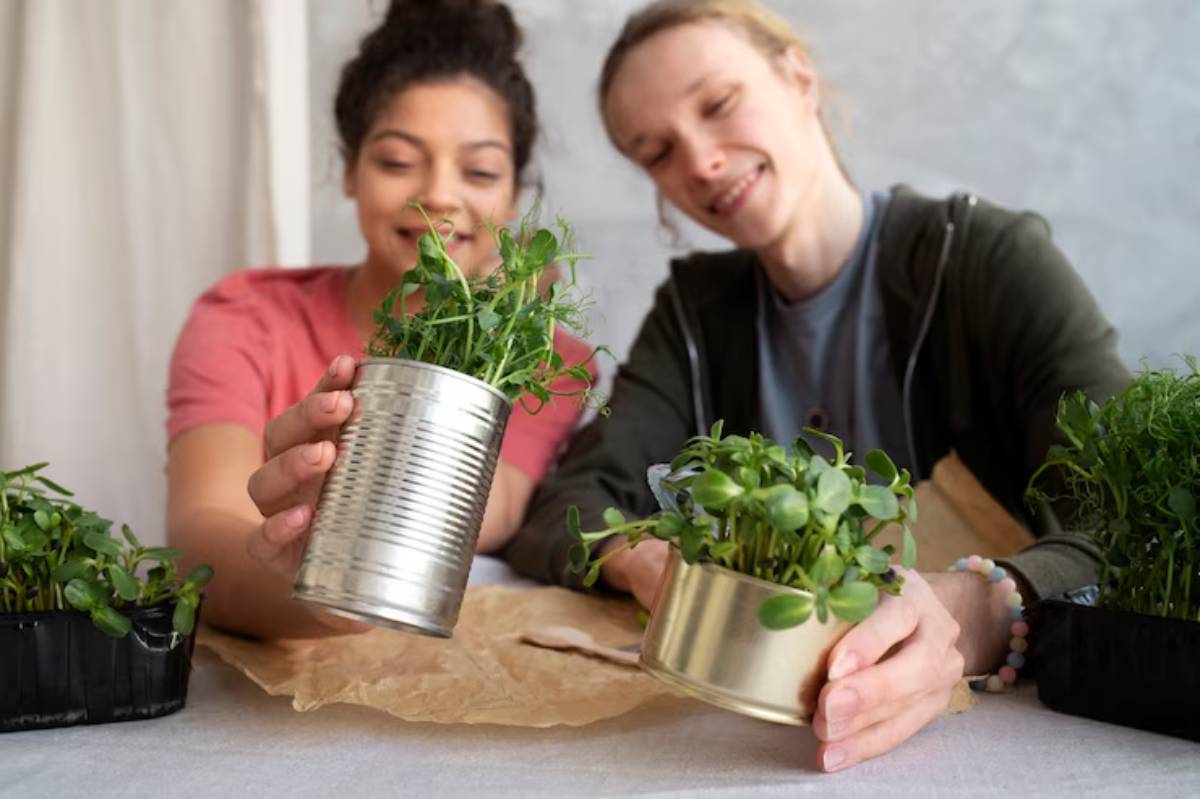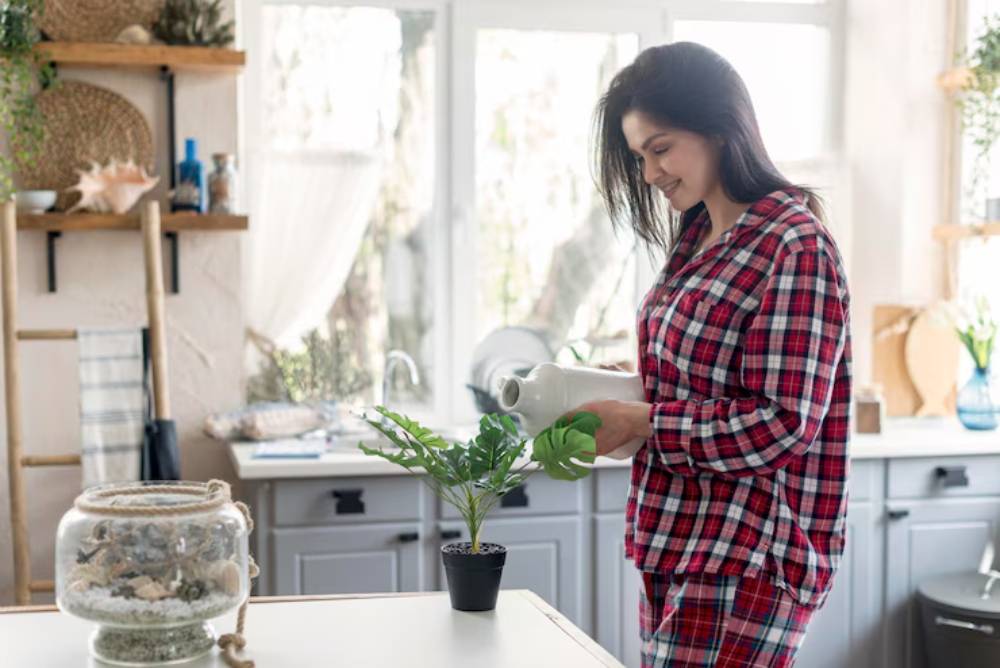
How to Grow Your Own Vegan Ingredients Indoors
Imagine entering your kitchen and picking fresh herbs, greens, or even ripe tomatoes straight from your own indoor garden. With rising food prices and a focus on sustainability, growing vegan food indoors is rewarding. It also helps you feel in control of your food sources.
In this comprehensive guide, you will learn all the essential techniques to grow your own vegan garden successfully. Learn how to make an indoor garden for vegans, no matter how much space you have. This guide is for everyone. It works well if you live in a small apartment or just want fresher, cheaper produce. On these pages, you’ll discover helpful tips and insights. They will boost your confidence as you start your indoor gardening journey.
Understanding the Core: Why Indoor Vegan Gardening Matters
Research from the Royal Horticultural Society reveals that growing your own food not only saves money but also improves mental wellbeing and reduces carbon footprints.
Benefits of growing your own vegan ingredients include:
- Cost savings: One £2 packet of seeds can yield hundreds of pounds worth of produce.
- Ultimate freshness: Harvest minutes before eating.
- Environmental impact: Slash your food miles and packaging waste.
- Nutritional boost: Homegrown foods retain more nutrients compared to shop-bought.
Pro Tip: Rotate your pots every few days to ensure even growth if sunlight is stronger on one side.
Quick-Reference Summary: Key Takeaways
- Start small: Choose easy, fast-growing plants.
- Use containers that suit your space and sunlight.
- Master watering, light, and soil basics.
- Harvest regularly to encourage growth.
- Customise your indoor garden for your favourite dishes.
Important: Overwatering is the #1 killer of indoor plants. Always feel the soil before watering again.
Step-by-Step Guide: How to Grow Your Own Vegan Ingredients Indoors

1. Pick the Right Plants
Best Starter Choices:
- Herbs: Basil, parsley, coriander
- Greens: Lettuce, spinach, kale
- Sprouts: Alfalfa, mung bean
- Veggies: Cherry tomatoes, peppers, radishes
2. Choose Containers and Growing Medium
Containers:
- Small pots or recycled jars
- Hanging baskets
- Window boxes
Growing Medium:
- Organic potting mix
- Coconut coir (eco-friendly)
- Perlite for drainage
3. Find the Perfect Spot
- South-facing windows: Ideal for maximum sunlight.
- LED grow lights: Essential if natural light is limited.
- Temperature: Aim for 18-24°C for most plants.
4. Plant Your Seeds
Steps:
- Fill pots with soil.
- Plant seeds according to the packet depth guidelines.
- Water gently but thoroughly.
- Label pots to track progress.
5. Master Watering and Feeding

- Water: Check moisture daily — soil should feel damp but not soggy.
- Feed: Use a diluted organic fertiliser every few weeks.
6. Harvest and Replant
- Harvest leaves from the outer edges first.
- Snip herbs just above a leaf node to encourage regrowth.
- Plant new seeds every few weeks for continuous harvests.
How to Grow Vegan Ingredients Indoors Without Natural Light
Don’t have a bright, sunny window? No problem — you can still enjoy homegrown produce using affordable lighting solutions.
Indoor Lighting Tips:
- LED Grow Lights: Energy-efficient and tailored to plant needs. Look for full-spectrum bulbs.
- Placement: Keep lights about 6–12 inches above the plants.
- Timing: Mimic natural daylight with 12–16 hours of light daily.
- Budget Options: Simple clip-on grow lights start at under £15 online.
Why it’s Brilliant:
- Expands your growing options even in dark flats or winter months.
- Ensures faster, stronger plant growth.
Pro Tip: Put grow lights on a timer so you don’t have to remember to turn them on and off manually!
5 Fastest Vegan Crops to Grow Indoors (From Seed to Harvest)
If you want quick wins to stay motivated.
These crops grow exceptionally fast indoors:
Top Quick Growers:
- Radishes: Harvestable in 30 days.
- Lettuce: Baby greens ready in 3–4 weeks.
- Cress: Sprouts in just 5–7 days!
- Spinach: Mature leaves in 30–40 days.
- Basil: Ready for harvesting leaves within 3–4 weeks.
Why it’s Brilliant:
- Quick results = instant gratification and encouragement.
- Fresh harvests keep meals vibrant and healthy.
Pro Tip: Stagger plantings every 1–2 weeks to create a constant supply instead of a huge glut at once!
Best Practices & Additional Insights
- Start with herbs: They’re forgiving, fast, and endlessly useful.
- Keep it visible: If you see your plants, you’re more likely to care for them.
- Use vertical space: Stack shelves or install hanging gardens to maximise small areas.
- Watch for pests: Indoors doesn’t mean pest-free — look for aphids or mould.
Professional Insight: Studies show that people who tend to have small indoor gardens are more likely to stick with healthy, plant-based eating habits in the long term.
For more inspiration on pantry-focused plant-based cooking, explore 10 vegan meals using only pantry staples.
FAQs
Can I really grow food without a garden?
Absolutely! Many plants thrive in indoor containers with the right light and care.
How much does an indoor vegan garden cost to start?
You can begin for under £20 with seeds, a few pots, and soil.
Which plants are easiest for beginners?
Basil, lettuce, and radishes are fast-growing and very beginner-friendly.
Conclusion & Call to Action
Cultivating vegan food indoors can change your kitchen into a small, eco-friendly haven. Picture fresh basil on your pasta or crunchy lettuce in tasty wraps you grew yourself. An indoor garden designed for vegans provides numerous benefits while requiring little effort. You can easily add greenery to your cooking and enjoy the satisfaction of nurturing plants in your home. Whether you are a seasoned gardener or a beginner, growing your food indoors can be a rewarding experience. It lets you access fresh ingredients easily. This improves your meals and supports a sustainable lifestyle.
Ready to start? Grab a pot, some seeds, and begin your DIY vegan gardening journey today. Your wallet, health, and taste buds will all thank you!